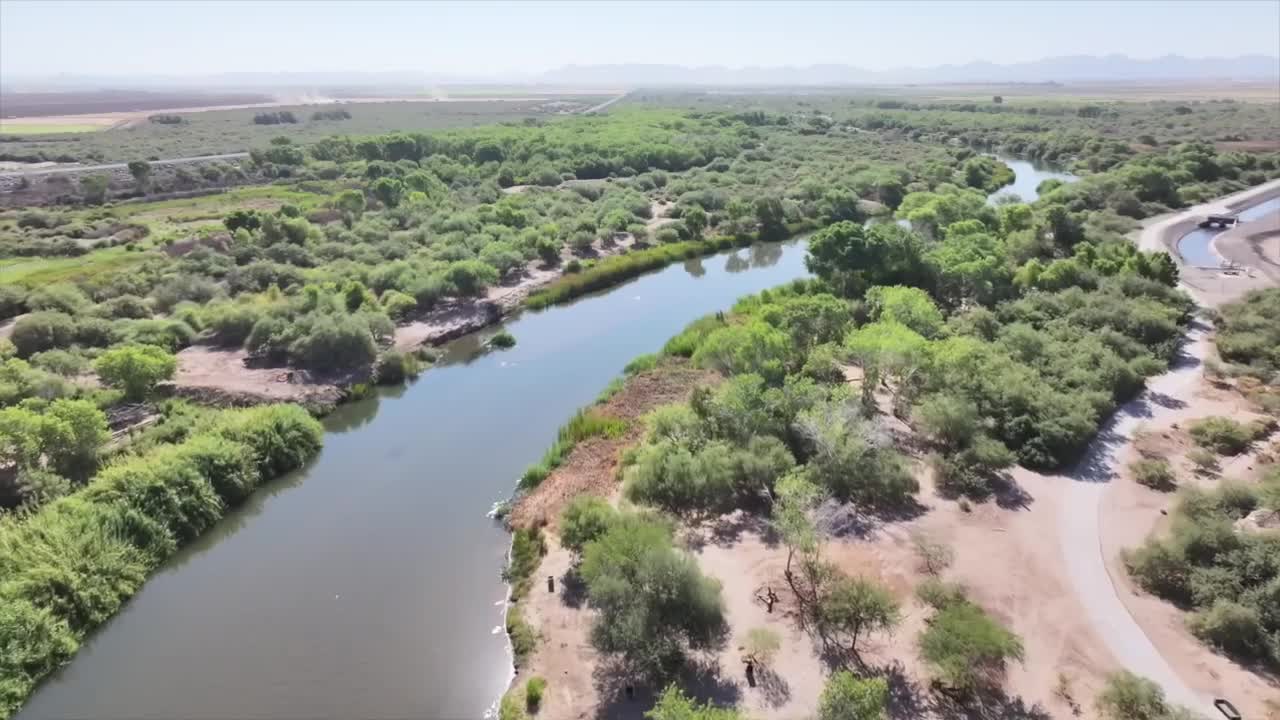YUMA, AZ — The Colorado River winds into Yuma, bringing water for the farms that provide the U.S. with its vegetables in the winter. But with Lake Mead at just 31% capacity and new water cuts announced, farmers are facing challenges to maintain this essential food source.
To grow crops, it doesn't just take a lot of water. It takes the perfect combination of sun, water, and soil that makes Yuma, Arizona essential to the food security of the entire U.S.
“The best place to grow crops is where there's the most sunlight, To produce photosynthesis to grow crops.” Tom Davis with the Yuma County Water Users Association said. “In the winter time it's this area of the country, this winter produce can't be grown anywhere else."
With the announced cuts, Lake Mead now at 31% capacity, and continued Colorado River negotiations, that security is in question.

Do you have a concern in your community or a news tip? We want to hear from you!
Connect with us: share@abc15.com
"The size of the river and the volume of the river have been shrinking," said Tom Buschatzke, Director of Arizona's Department of Water Resources.
Buschatzke is encouraging everyone to conserve water resources.
"If you benefit from the river, you should protect that river. By finding a way to reduce your usage," Buschatzke said.
Farmers across Yuma are investing in new irrigation technology despite higher costs.
"So this is a micro irrigation, micro sprinkler system, there are little sprinklers set up at each tree, so it can conserve a lot of water compared to the traditional method of surface irrigation or flood irrigation," said Robert Masson, with the University of Arizona.
In flood irrigation, fields are filled with water to hit every crop. The new irrigation systems being deployed can save hundreds to thousands of gallons a field.
"A lot of growers are working very hard to show the rest of the world they are very water-wise," Masson said.
As Yuma farmers adapt, state leaders say everyone else needs to work to do the same.
"We will figure this out, we have a long history of our state coming together, we will continue to protect Arizonans and to create an equitable outcome for everyone in our state," Buschatzke said.
A new plan for how to share the Colorado River moving forward needs to be presented to the public by this coming February.
This story was reported by a journalist and has been converted to this platform with the assistance of AI. Our editorial team verifies all reporting on all platforms for fairness and accuracy.





